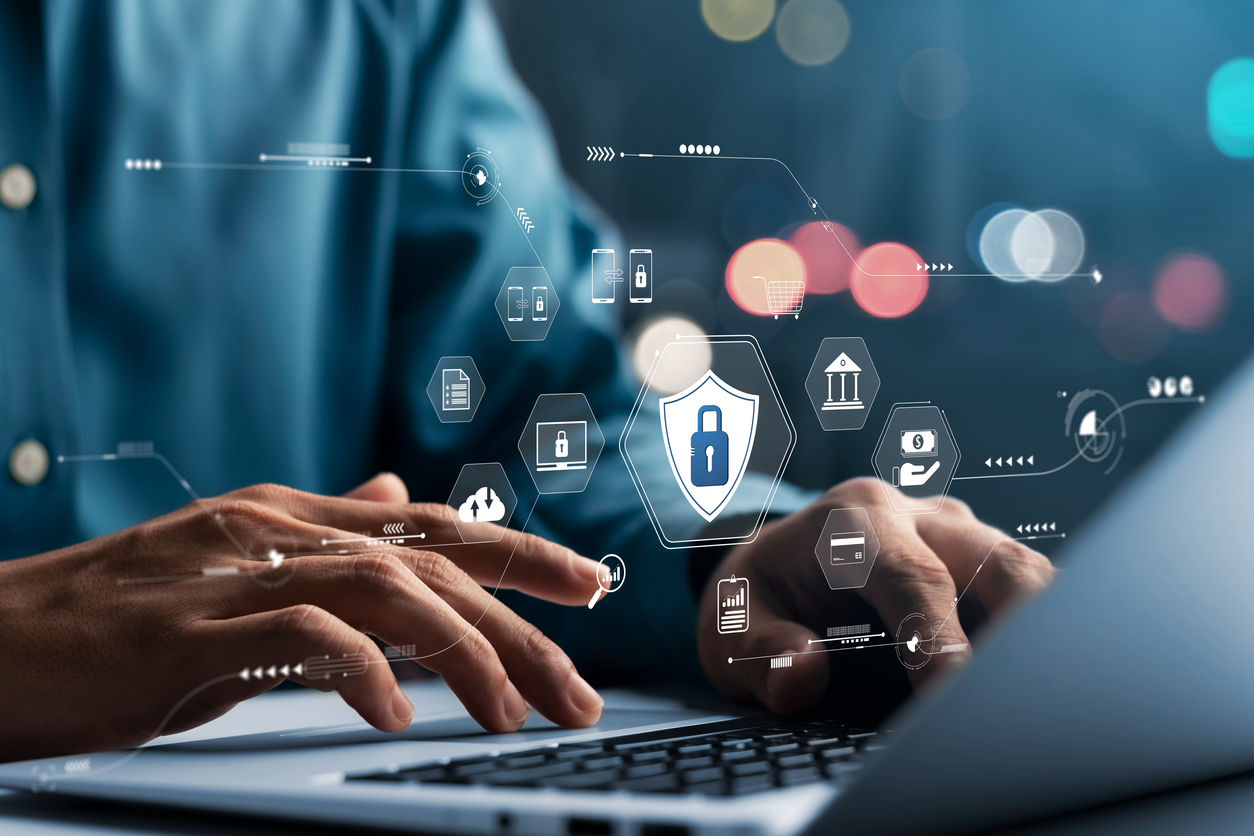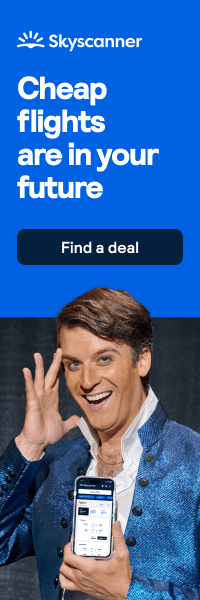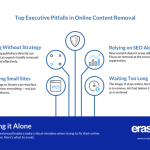With customers, regulators and boards holding executives personally responsible for breaches, privacy is no longer an IT issue. Here’s how CEOs can turn it into a strategic advantage.
The Breach That Trimmed a CEO’s Bonus
In July 2025, Qantas Airways stunned shareholders by cutting CEO Vanessa Hudson’s short-term bonus by 15 percent after a cyberattack exposed six million customer records. Other senior executives also lost A$550,000 collectively. The message was unmistakable: privacy failures now hit leaders in their own wallets.
That shift demands a new mindset from the top. Customers, regulators and boards are holding senior leadership directly accountable for data mishandling. Yet amid rising risk, there’s also opportunity. CEOs who put privacy at the centre of strategy are discovering it can drive trust, accelerate deals and even differentiate their brand.
Why Privacy Became a CEO Issue Overnight
Privacy used to be delegated to IT or legal teams. Not anymore. Two forces have put it squarely on the CEO’s desk.
First, regulatory pressure has intensified. The EU’s GDPR and California’s CCPA introduced steep penalties and, increasingly, personal liability for executives. Large fines are now routine: Amazon was hit with an $877 million GDPR penalty; Meta and Google have faced billions in sanctions.
Second, customer expectation has soared. Cisco’s 2024 Consumer Privacy Survey found that 75 percent of consumers will not purchase from organisations they do not trust to protect their data, and a majority (53 percent) are now aware of their country’s privacy laws. Harvey Jang, Cisco’s Chief Privacy Officer, put it bluntly: “Privacy is core to trust and a competitive differentiator in today’s digital economy.”
When customers vote with their wallets and regulators wield billion-dollar sticks, privacy stops being a back-office issue and becomes a determinant of growth, valuation and executive tenure.
From Hotel Wi-Fi to Board Packets: The Risks Executives Face
Picture a typical week for a modern executive: a breakfast briefing in London, a flight to Singapore, an investor call from a hotel Wi-Fi network, and a board packet opened on an iPhone in an airport lounge. Each setting is a potential attack surface.
Public Wi-Fi networks are notorious hunting grounds for hackers deploying “man-in-the-middle” attacks or spoofed access points. Meanwhile, cross-border data flows mean sensitive information often travels through jurisdictions with very different privacy regimes.
As Surfshark noted in a 2025 Cybernews interview, “In countries with more restrictive internet networks and authoritarian governments, VPNs are commonly used to bypass these restrictions.” For executives, that same technology is also a shield—protecting confidential negotiations, IP and personal data from prying eyes when operating abroad.
VPNs: A Quiet Shield for the C-Suite
Virtual Private Networks (VPNs) have long been associated with consumer privacy, but at the executive level they are becoming an essential business tool. A robust VPN encrypts all internet traffic, routes it through secure servers, and shields data from interception—even on unsecured networks.
For C-suite leaders, this means they can:
- Hold confidential conversations anywhere in the world. Sensitive board discussions or M&A details remain encrypted.
- Protect intellectual property. Product roadmaps and financials stay out of reach from cyber-espionage.
- Enforce security policies globally. Standards can be applied consistently regardless of local infrastructure.
Even tech-savvy leaders occasionally need to pause or adjust their VPN—here’s how to do it on an iPhone—without compromising security. The key is to choose enterprise-grade VPNs that balance strong encryption with usability and speed.
From Policy to Practice: Building Privacy Habits
Technology alone won’t solve the problem. As Tech in Motion put it in a 2025 report, “Leaders should communicate the importance of data privacy as a core value by setting a strong example… Leadership should establish clear accountability and allocate adequate resources to support data privacy initiatives.”
Here’s how CEOs can act:
- Set clear data-handling policies. Make it easy for employees to know what they can share and where they can store it.
- Invest in training. Regular sessions on phishing, social engineering and secure mobile practices turn staff into your first line of defence.
- Audit your vendors. Privacy is only as strong as your weakest partner.
- Be transparent. Use annual reports, investor calls and customer channels to highlight privacy commitments.
Equipping teams with a reliable, free VPN for iOS ensures secure, seamless access for on-the-go executives and staff. When privacy practices are baked into everyday work, they become a competitive asset rather than a compliance burden.
Treat Privacy Like a Growth Strategy
There’s mounting evidence that privacy investments pay off. Cisco’s 2024 benchmarking study found that 95 percent of organisations saw more benefits than costs from their privacy spend, with an average benefit-to-cost ratio of 1.6×.
TrustArc’s 2024 Global Privacy Benchmarks Report showed a 31-point difference in privacy index scores between organisations that measure privacy effectiveness and those that don’t—an advantage reflected in faster sales cycles, smoother regulatory approvals and improved brand perception.
A mid-size SaaS provider recently learned this first-hand. Preparing to close a $50 million enterprise contract, its leadership team implemented a company-wide VPN policy, trained staff and published a transparent privacy statement. The deal went through—and the company’s strengthened privacy posture became a selling point for future prospects.
A CEO’s Privacy Checklist
To translate vision into action, start with five steps:
- Audit your current posture. Commission an independent privacy and security review.
- Prioritise high-risk areas. Focus first on executive communications, customer data and intellectual property.
- Choose trustworthy tools. Evaluate VPNs and other security products on transparency, server diversity and provider reputation.
- Integrate mobile strategy. Executives spend more time on phones than laptops; ensure secure, user-friendly options for iOS and Android.
- Measure and report. Treat privacy like any KPI—track incidents, training completion, and trust metrics over time.
Closing Note: From Risk to Resilience
The Qantas episode was a wake-up call, but it’s hardly isolated. In Japan, Mitsubishi UFJ Financial Group cut the salaries of its CEO and five other executives by 30 percent over breaches of confidentiality rules. Regulators and boards worldwide are making it clear: accountability for data privacy starts at the top.
For CEOs, this isn’t just about avoiding fines or headline embarrassment. It’s about seizing an opportunity to build trust, streamline operations and differentiate your brand in a crowded market.
CEOs who seize this moment will not just avoid headlines—they’ll set the privacy standard for the digital decade. By embedding privacy into culture, operations and technology—and by equipping teams with secure, flexible tools such as VPNs—you can build a resilient, growth-ready enterprise for the connected age.














